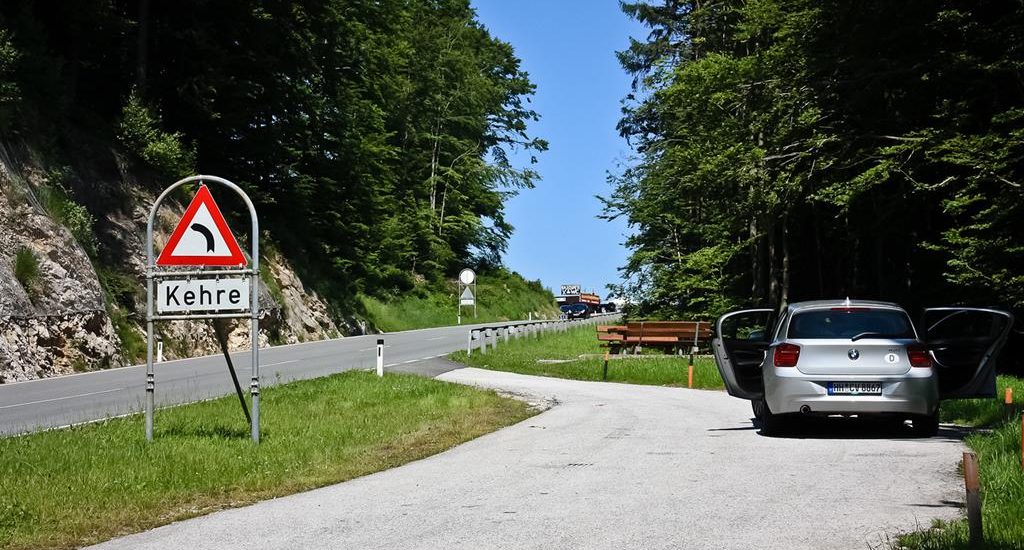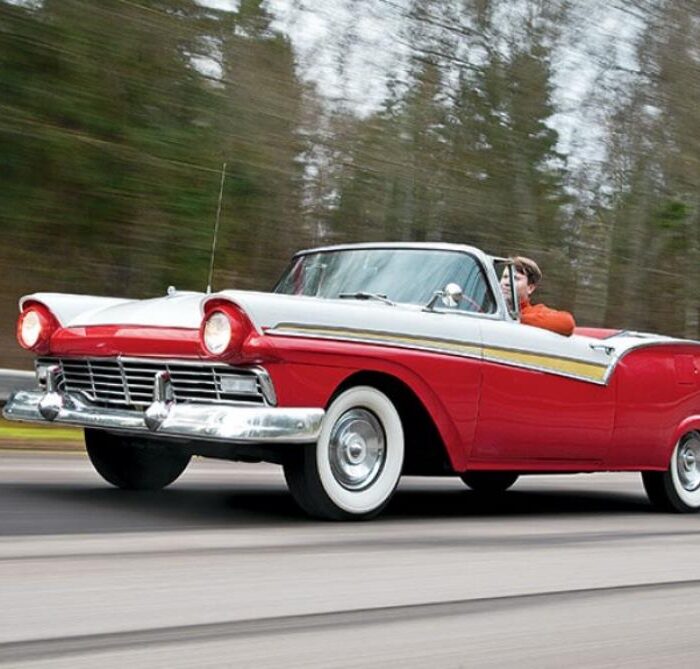If you have a driver’s license from a non-European Union country, you can use it in Austria—but only for six months. After this period, you must obtain an Austrian driver’s license. Here’s a detailed guide on how to do it.
Step-by-Step Guide to Getting an Austrian Driver’s License
Step 1: Choose a Driving School
- Select any driving school in Austria (it doesn’t have to be in your city of residence).
- Submit your application at the chosen driving school; the school handles all official formalities.
Step 2: Age Requirements
- Minimum age for category B (standard cars): 18 years (training can start from 17.5 years).
- Exception: Special program “L17” allows obtaining a license at 17.
- Minimum age for categories A and F: 24 years.
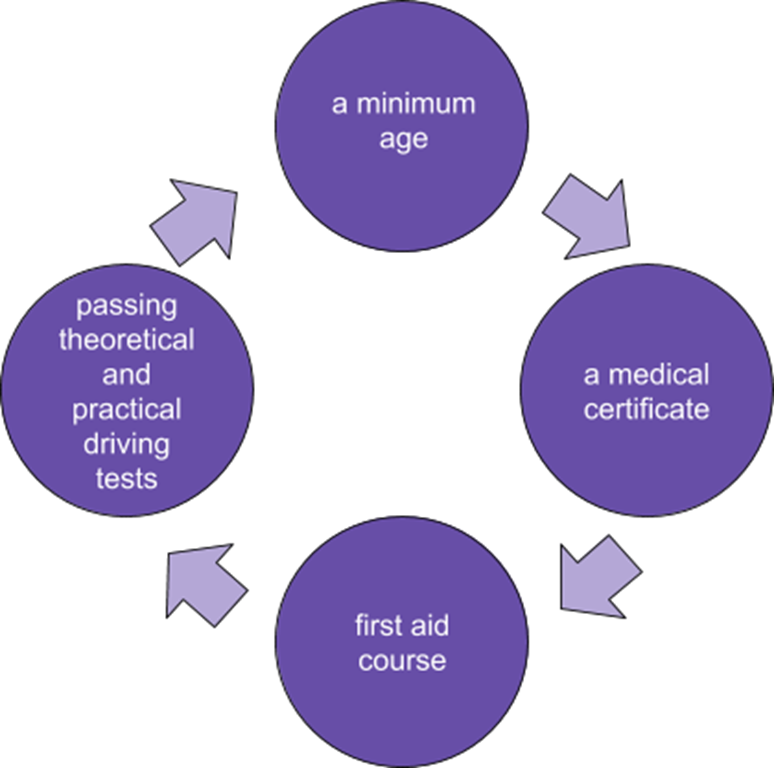
1. a minimum age
2. passing theoretical and practical driving tests
3. a medical certificate
4. first aid course
Theoretical basis of driver training
Step 3: Theoretical Training
- Required theory training: 32 hours.
- Training intensity options:
- Regular: 2 hours twice a week for 8 weeks
- Intensive: 4 hours four times a week for 2 weeks
- Express: 4 hours daily for 8 days
- Study materials (books and discs) available for €40.
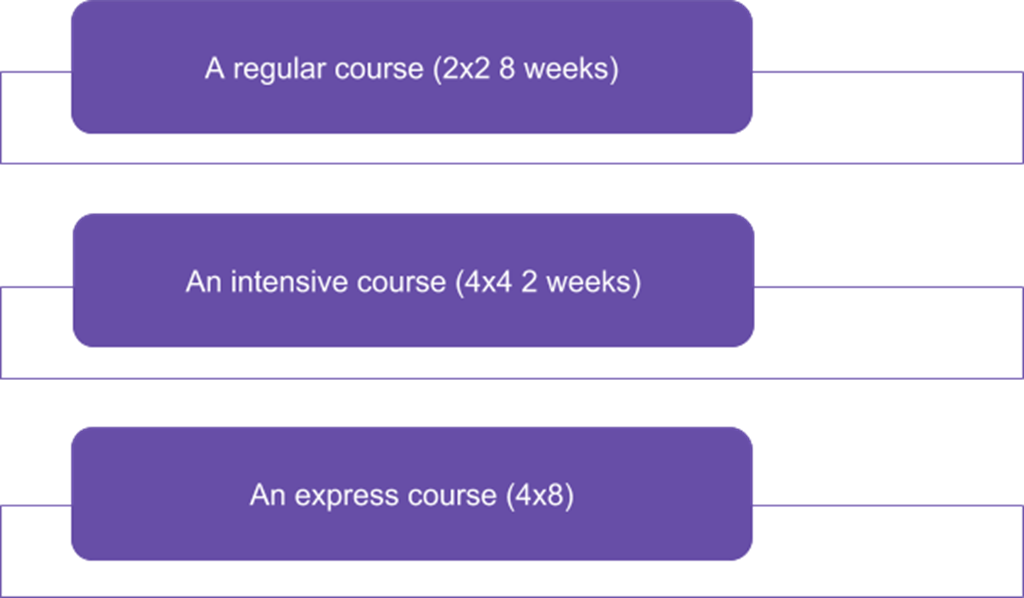
A regular course (2×2 8 weeks)
An intensive course (4×4 2 weeks)
An express course (4×8)
Step 4: Additional Mandatory Courses
- First aid course (6 hours, cost €55, valid for 18 months).
- Medical health certificate (€35, valid for 18 months).
Step 5: Theoretical Exam
- Conducted on computers.
- Standardized content nationwide.
- Modules:
- Basic module (mandatory)
- Category-specific modules (e.g., A, B, C, etc.)
- 20 questions per module, total of 40 questions.
- Exam duration: 30 minutes.
- Passing score: 80%.
- First attempt is free; subsequent attempts incur fees.
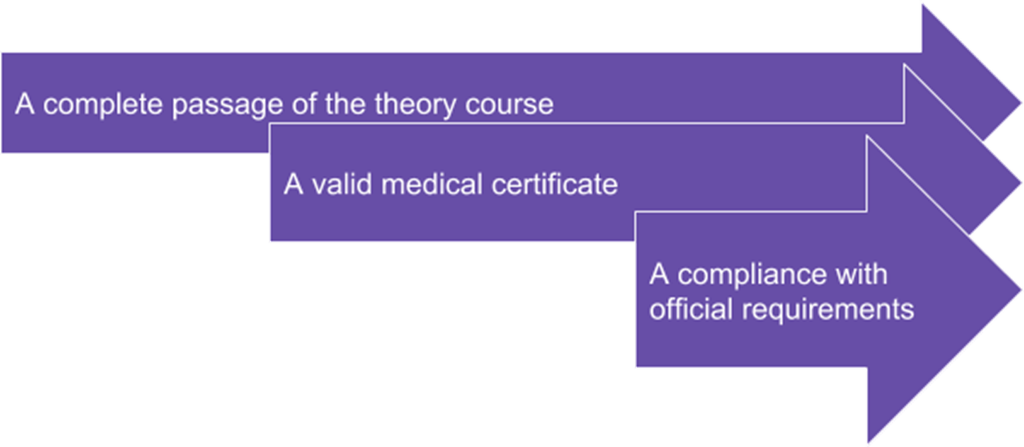
2. A valid medical certificate
3. A compliance with official requirements
Step 6: Practical Driving Instruction
- Minimum practical driving hours required:
- Category A: 12 hours
- Category B: 13 hours
- Category F: 4 hours
- Each hour equals 50 minutes of actual driving.
- Instruction stages:
- Initial Stage: At least 6 hours with instructor (training site or quiet streets).
- Main Stage: Focus on practical skills, not less than 1 hour:
- Commented driving
- Traffic assessment
- Lane changing
- Intersection navigation
- Overtaking
- Economical driving
- Advanced Stage: At least 6 additional hours to refine skills.
A driving test (practical part of driver training)
After passing the theoretical exam, the system of multi-stage driving instruction involves the passage of three more stages:

1. Preparatory phase and basic driving
2. Main part of the training
3. Improving driving skills
Step 7: Practical Driving Test
The practical test includes:
- Vehicle Safety Check:
- Wheels and tires
- Brakes
- Lighting system
- Warning signals
- Steering
- Visibility
- Fluid levels
- Battery
- Seat and mirror adjustment
- Parking Exercises:
- Parallel parking
- Backing into a perpendicular parking space
- Road Driving:
- City driving or autobahn
- Minimum duration: 25 minutes
- Examiner evaluates your driving actions
- Discussion and Feedback:
- Examiner discusses driving errors
- You may justify your actions; examiner discretion applies
Total practical test duration: at least 40 minutes.
Upon passing, a temporary Austrian license is issued immediately; the full license arrives by mail within a few weeks.
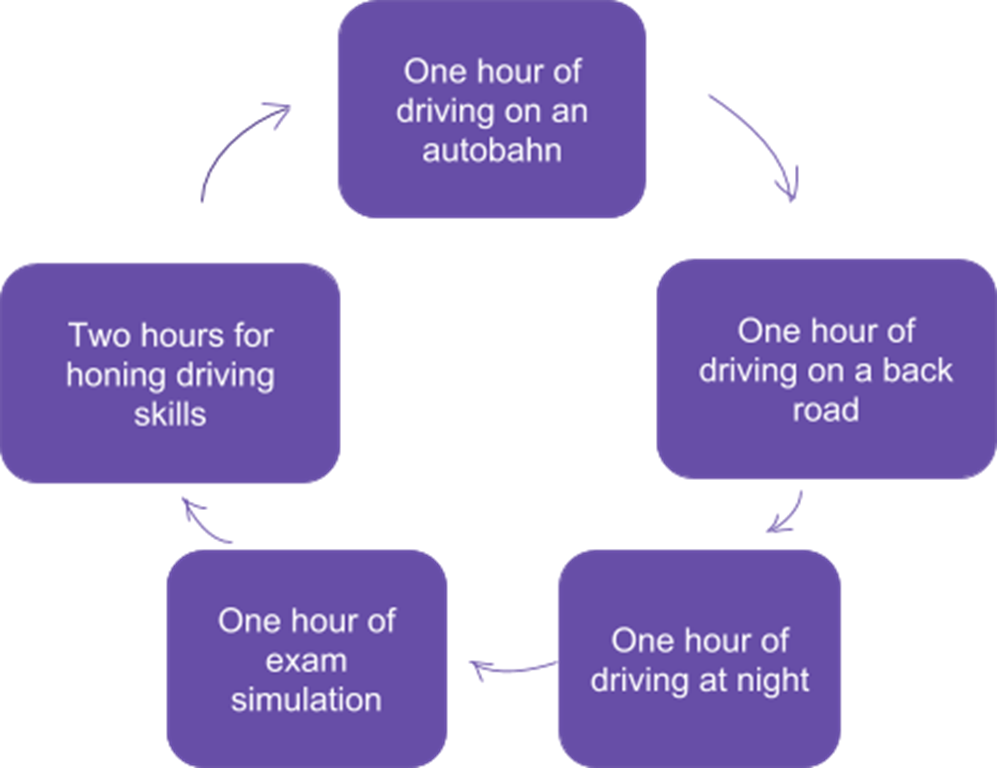
1. One hour of driving on an autobahn
2. Two hours for honing driving skills
3. One hour of driving on a back road
4. One hour of exam simulation
5. One hour of driving at night
After taking the theoretical exam on the computer and completing the practical training, you can start the practical driving test.
The exam is conducted in the early morning hours. The applicant drives up to the driving school, where he is met by the instructor. He is the representative of the training party. The examiner comes in a few minutes. As a rule, several students take the exam in turn. To pass the exam, an applicant must have a passport with him, otherwise he will be sent home.
The practical examination in Austria consists of 4 parts:
1. Checking on the vehicle. The purpose of this check is to make sure that the examinee has learned the theory and can in practice do a car safety check. The examiner asks the student questions from the following list of topics (at least three topics are addressed):
– wheels (checking the tire tread height, use of winter and spike tires);
– brake system (checking the brake fluid level in the hydraulic brake reservoir, checking the brake system, checking the brake pedal free play, checking the resistance of the brake pedal, checking the brake system tightness, checking the brake booster, checking the stop lights, the brake of the parking brake system);
– lighting – what kinds of light are there in this car (low and high beam, reverse, parking lights, hazards, side turn signals, fog lights), turning on and checking;
– warning signals (intermittent light signal, horn, flashing side indicators, hazards);
– steering box (hydraulic power steering, driving belt, electromechanical power steering, free wheeling check, front tire wear);
– sufficient view (windshield wipers, windshield washers, windshield blow-off, rear screen heating);
– checking the liquid level (oil, coolant, brake fluid, washer fluid);
– accumulator (work, poles, liquid level);
– driving belt (function, status check);
– check in the cabin (correct sitting at the wheel, adjusting the driver’s seat, head restraints, mirrors, how to fasten the seat belt);
– fog (peculiarities of driving in fog, fog lights);
– car engine.
2. Exercise on autodrome or quiet street. Each examinee will have to complete two tasks: parallel parking and backing into a perpendicular park. As a rule, cones are placed with a sufficient distance, so it is not difficult to pass this part of the exam. Do not forget about appropriate light signals. When parking, driving out of the “garage”, as well as leaving the car, you should show the examiner with the appropriate head movement that you are watching all the road users.
3. Driving in city or on autobahn. Getting in the car and before starting the engine, you shouldn’t forget to adjust the seat, the rear-view mirrors, the headrests, the steering wheel and, of course, to put on the seatbelt. The examiner will observe the applicant’s actions, mistakes will be recorded by him in the exam report. The examiner gives the examinee instructions: “always drive straight, if there were no other instructions” and “if there was a command to turn, look for the nearest opportunity”. Then, as usual: “turn right, turn left, drive to the specified point and park.”
The minimum driving time for each examinee is 25 minutes. During the driving, the examiner makes notes in a special examination report. The other candidate is in the backseat all this time. Further, both candidates change places, and all the first can do is only to remember his successful or not very successful maneuvers.
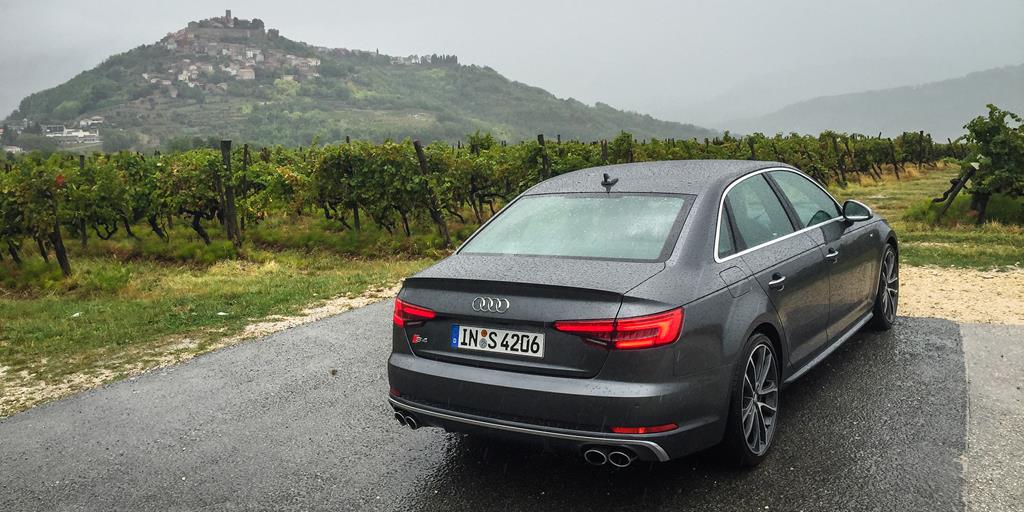
4. Discussion of the experienced situations. At the end of the driving, the examinee may discuss with the examiner the mistake he made and justify his behavior. The examiner, at his own discretion, cannot note this mistake, if he found the justification reasonable. In the examination report, the following situations are selected as topics for such discussion:
– choice of speed;
– choice of lane;
– choice of distance between cars and lateral margin;
– driving on autobahn and motorways;
– overtaking;
– recognition of dangerous situations;
– defensive tactics, ecological driving style;
– perception, analysis, prediction of the road and transport situation.
The total duration of the practical exam (all four parts) takes at least 40 minutes.
If the exam is passed, a temporary driving license is given (valid only on the territory of Austria). A full-fledged driver’s license comes by mail in a couple of weeks or earlier.
But the validity of the driver’s license in Austria is limited to 15 years. It is believed that this time is enough to update the photo and make the document more protected from forgery.
What’s next?
Only the first stage of driving instruction in Austria ends with the getting of a driver’s license. Further, in 2-4 months, it is necessary to complete a course of honing your driving skills (the first) in a driving school, and after 6-12 months one more course (the second). Each course of improving driving skills costs about 110 euros on a driving school car or 90 euros on your own.
Between these courses, in 3-9 months after getting a driver’s license, it is necessary to undergo an extreme driving course with a subsequent psychologist’s lecture. On a specially equipped autodrome, participants will be able to practice an emergency braking with ABS, an emergency maneuvering and a car stabilization in case of skidding, and an emergency passing obstacles. It will be necessary to come to the place of study in your own car, or in the rented car of driving school).
The course of extreme driving (officially takes eight and a half hours) includes:
– 50 minutes of theory;
– 5 hours of practical training with a lunch break;
– one-hour-and-a-half lecture on road traffic with a psychologist.
This course costs 150 euros.
Consequently, the second (and the last) stage of driving instruction in Austria includes three courses.

How to get a driver’s license in Austria
If you didn’t pass the second stage, two reminders and then the deprivation of driving license follow.
International Driving License
When you have already got Austrian driving license, you should start thinking about international one. It will allow you to travel outside the EU countries. Registration of such license is made by our site. We invite you to issue an International Driving License in Austria without any formalities, quickly and easily!

Published September 03, 2018 • 8m to read

